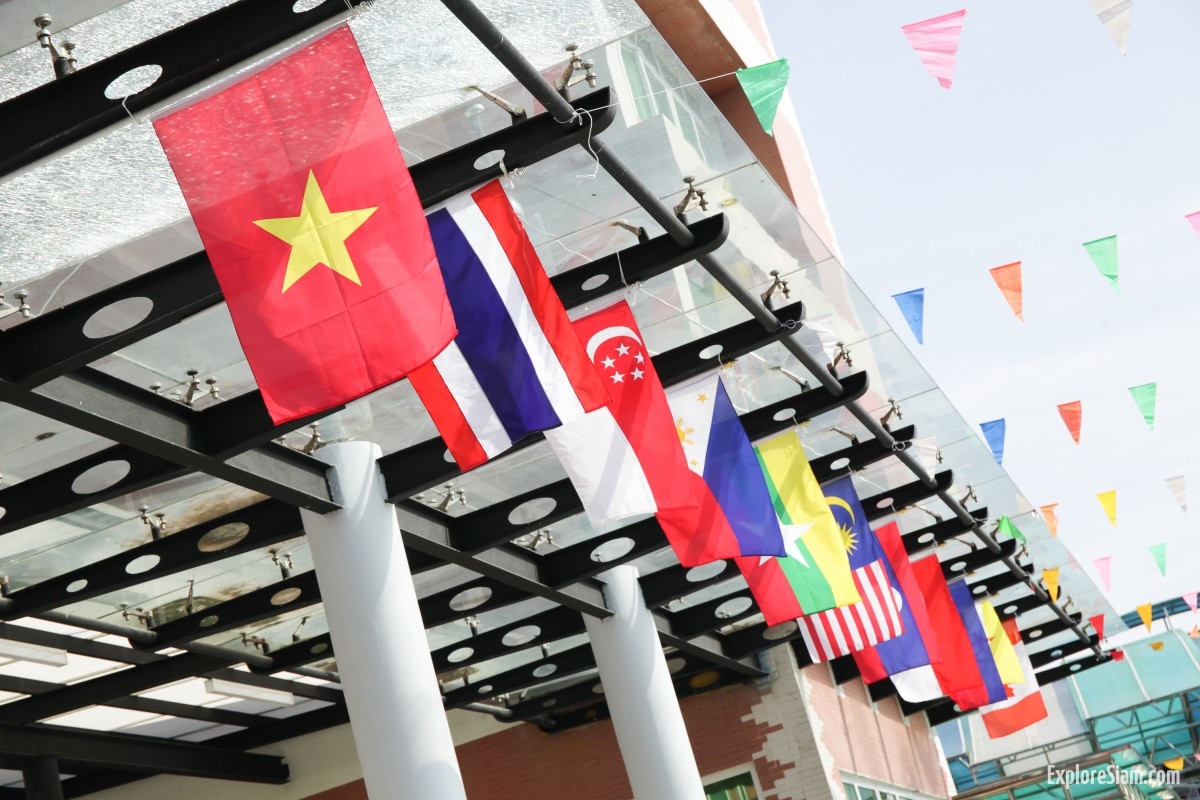Southeast Asia, a captivating mosaic of cultures, landscapes, and histories, stretches from the eastern edge of the Indian subcontinent to the western fringes of the Pacific Ocean. Encompassing eleven diverse countries, this region is renowned for its vibrant cultures, ancient civilizations, and breathtaking natural beauty. Each nation within this geographical tapestry offers a unique glimpse into the past, present, and future of humanity’s enduring spirit and creativity.
Cultural Tapestry
Southeast Asia’s cultural landscape is a rich tapestry woven from centuries of trade, migration, and intermingling of various ethnicities and religions. From the bustling streets of Bangkok and Hanoi to the serene temples of Bagan and Angkor Wat, the region’s cultural heritage is both diverse and profound.
Thailand, often referred to as the “Land of Smiles”, is famous for its majestic temples, vibrant festivals, and the philosophy of Theravada Buddhism that permeates daily life. In contrast, Indonesia, an archipelago of over 17,000 islands, showcases a blend of Muslim, Hindu, and indigenous traditions, creating a unique cultural mosaic. The Philippines, with its Spanish colonial heritage, offers a different flavor with its fiesta culture, Catholic churches, and vibrant street parades.
Vietnam’s historical resilience is reflected in its rich traditions, from the ancient art of water puppetry to the elegant áo dài dress. Meanwhile, Malaysia’s multicultural society, comprising Malays, Chinese, Indians, and indigenous peoples, manifests in a colorful array of festivals, cuisines, and architectural styles. Myanmar’s golden pagodas, Laos’s tranquil monasteries, and Cambodia’s awe-inspiring Angkor complex further add to the region’s spiritual and cultural depth.
Natural Splendors
The natural beauty of Southeast Asia is unparalleled, ranging from lush rainforests and towering volcanoes to pristine beaches and intricate cave systems. The region’s biodiversity is among the richest in the world, making it a paradise for nature enthusiasts and adventurers.
Thailand’s coastline, with its crystal-clear waters and limestone cliffs, attracts millions of visitors each year to places like Phuket and Krabi. Indonesia’s Bali and Lombok islands are renowned for their surf-friendly beaches and vibrant marine life. The Philippines’ Palawan and Boracay islands are famous for their powdery white sands and turquoise waters, offering idyllic tropical escapes.
Vietnam’s Halong Bay, with its emerald waters and thousands of limestone karsts, presents a surreal seascape that has captivated artists and travelers alike. Malaysia’s Borneo island, shared with Indonesia and Brunei, is home to some of the world’s oldest rainforests and diverse wildlife, including orangutans and pygmy elephants. Cambodia’s Tonle Sap Lake and Laos’s Mekong River provide vital lifelines for the region’s ecosystems and human settlements.
Historical Narratives
The history of Southeast Asia is a testament to the resilience and ingenuity of its people. From ancient kingdoms and colonial legacies to modern nation-building, the region’s past is a complex and fascinating journey.
The ancient Khmer Empire, centered in present-day Cambodia, left a lasting legacy with the magnificent Angkor Wat, a symbol of architectural and artistic achievement. Myanmar’s Bagan, with its thousands of ancient temples, offers a glimpse into the spiritual devotion of past civilizations. The Srivijaya and Majapahit empires of Indonesia played pivotal roles in the maritime trade networks of the Indian Ocean, influencing the cultural and economic landscapes of the region.
Colonial histories have also shaped Southeast Asia’s modern identities. The Philippines experienced over three centuries of Spanish rule, followed by American influence, which has left a distinct mark on its language, religion, and governance. Vietnam’s struggle for independence from French colonial rule and subsequent conflicts have deeply influenced its contemporary society.
Thailand, uniquely, maintained its sovereignty through skillful diplomacy and modernization efforts, becoming a symbol of resilience and adaptation. Malaysia and Singapore’s paths to independence were marked by the challenges of unifying diverse populations and navigating economic transformations.
Modern Dynamics
Today, Southeast Asia is a dynamic region experiencing rapid economic growth, urbanization, and technological advancements. Cities like Bangkok, Jakarta, Manila, and Kuala Lumpur are bustling metropolises that blend tradition with modernity, offering a glimpse into the future of urban living in the region.
Economic integration through organizations like the Association of Southeast Asian Nations (ASEAN) has fostered collaboration and development across the region. Infrastructure projects, trade agreements, and cultural exchanges are driving Southeast Asia towards greater connectivity and prosperity.
Tourism remains a significant contributor to the region’s economies, drawing millions of visitors each year to its historical sites, natural wonders, and vibrant cultures. Sustainable tourism practices are increasingly being adopted to preserve the region’s unique heritage and environment for future generations.
Southeast Asia, with its kaleidoscope of cultures, landscapes, and histories, offers an unparalleled journey through human civilization and natural splendor. Each country, with its unique blend of traditions, modernity, and natural beauty, contributes to the rich mosaic that defines this captivating region. Whether exploring ancient temples, diving into crystal-clear waters, or experiencing the bustling energy of its cities, Southeast Asia promises a journey of discovery and wonder that leaves an indelible mark on the soul.





